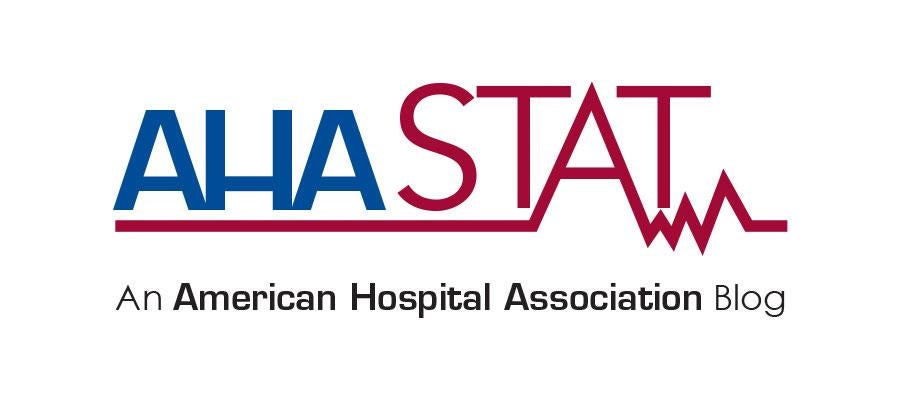AHA Stat Blog: Policymakers should pause before implementing additional reforms to post-acute care

At an AHA briefing on Capitol Hill in July, I asked how many audience members were familiar with post-acute care, its various care settings and what differentiates them. Some raised their hands, but many did not. I welcomed the opportunity to introduce more people to the post-acute care environment and how providers partner to improve patient outcomes.
As the CEO of RML Specialty Hospital in Hinsdale, near Chicago, Ill., and chair of AHA’s Post-acute Care Steering Committee, I am immersed in these details every day. It is always gratifying to help educate policymakers and their staff about our work and activities, which include:
• Long-term acute care hospitals, or LTCHs, treating patients with a high level of acuity who require an extended hospital stay;
• Inpatient rehabilitation facilities, or IRFs, treating patients who require a combination of hospital-level care and intensive rehabilitation to regain the level of function needed to return home;
• Skilled-nursing facilities, or SNFs, which provide services to patients who have received at least three days of inpatient services during the prior hospital stay; and
• Home health agencies, providing care for homebound beneficiaries who require skilled, intermittent nursing and therapy care.
We are fortunate to have AHA as an active advocate for post-acute care – more than 3,000 post-acute providers are AHA members. This advocacy includes legislative and regulatory work that is specific to each of the settings I just described.
The past several years have been a time of transformation in the post-acute setting in response to guidance from both Congress and the Centers for Medicare & Medicaid Services. Many of these reforms are aimed at best aligning post-acute care resources with patients’ clinical needs, a goal all of us work to advance every day.
Our message to policymakers is simple: We’re asking them to take a pause and allow implementation of the changes already underway, thoughtfully and comprehensively. Giving providers more breathing room also enables evaluation of the impact of these reforms and will guide further improvements.
We think this is the right message for patients and those who care for them. And, we will keep working to meet the needs of our patients every day, whatever policy changes may come.

